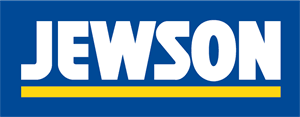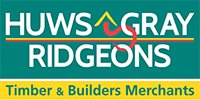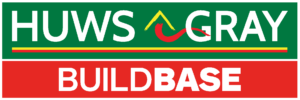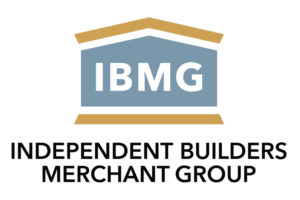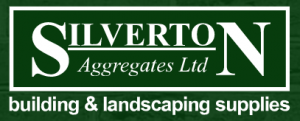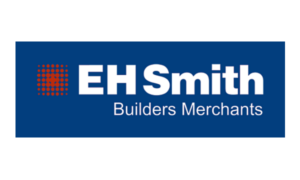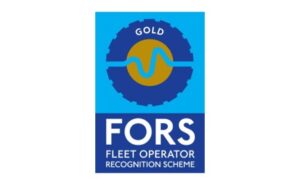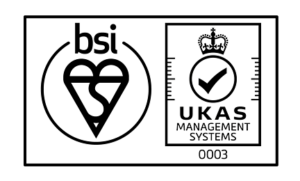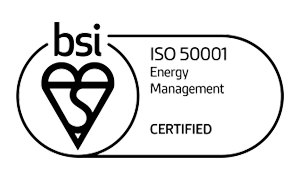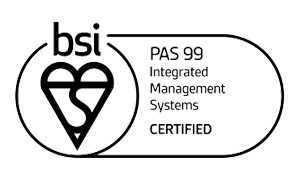Environmental Impact Assessments For Buildings
Environmental assessment schemes for buildings include BREEAM and LEED.
BREEAM – The Building Research Establishment’s Environmental Assessment Method, is widely used in non-domestic buildings.
LEED – LEED, or Leadership in Energy and Environmental Design, is another assessment method for non-domestic buildings. It was developed in the USA by the U.S. Green Building Council (USGBC).
BREEAM has 10 assessment categories. Credits are awarded in each along with a set of environmental weightings to produce an overall score.
Our products can contribute to compliance in the following sections of BREEAM:
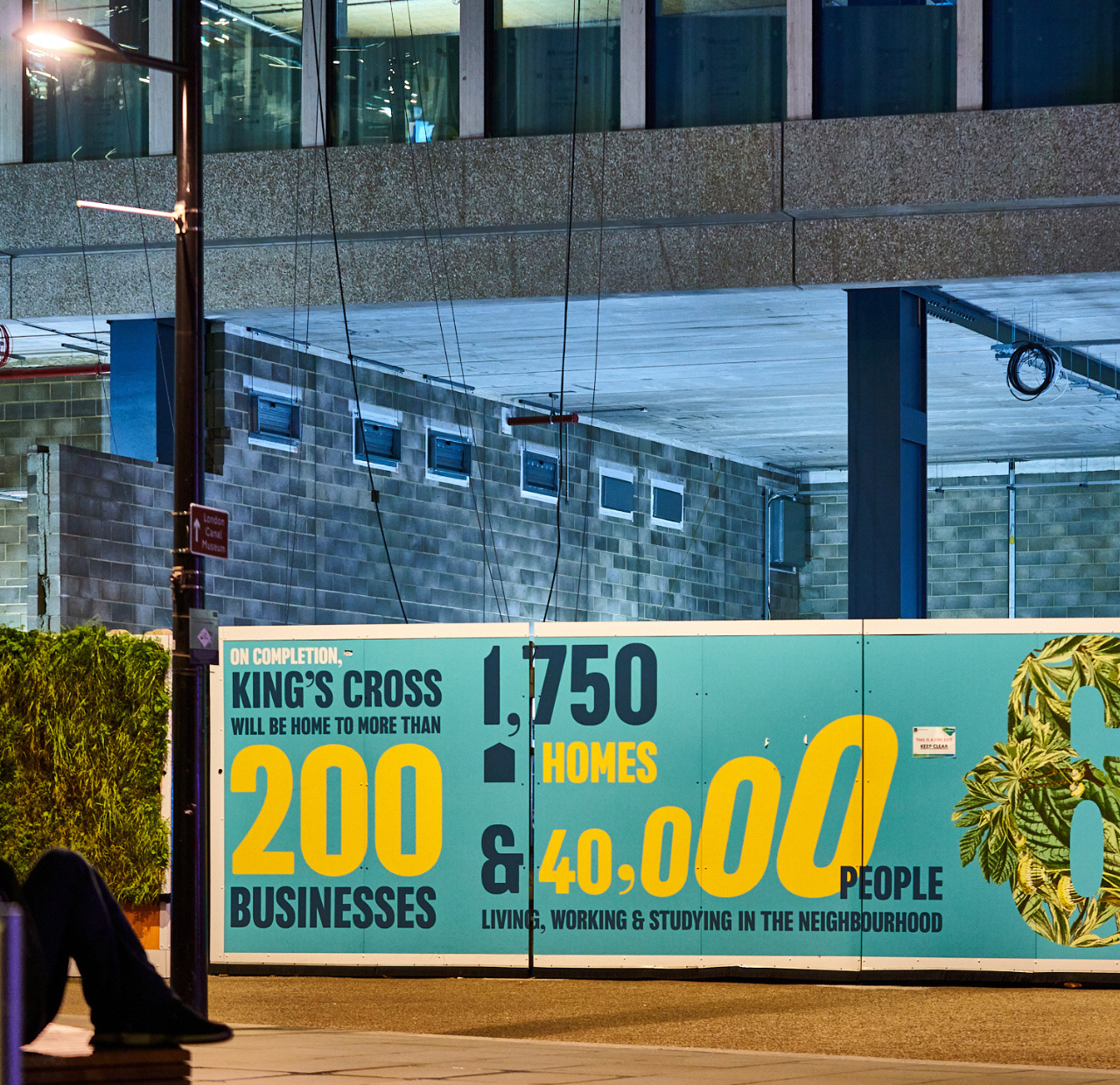
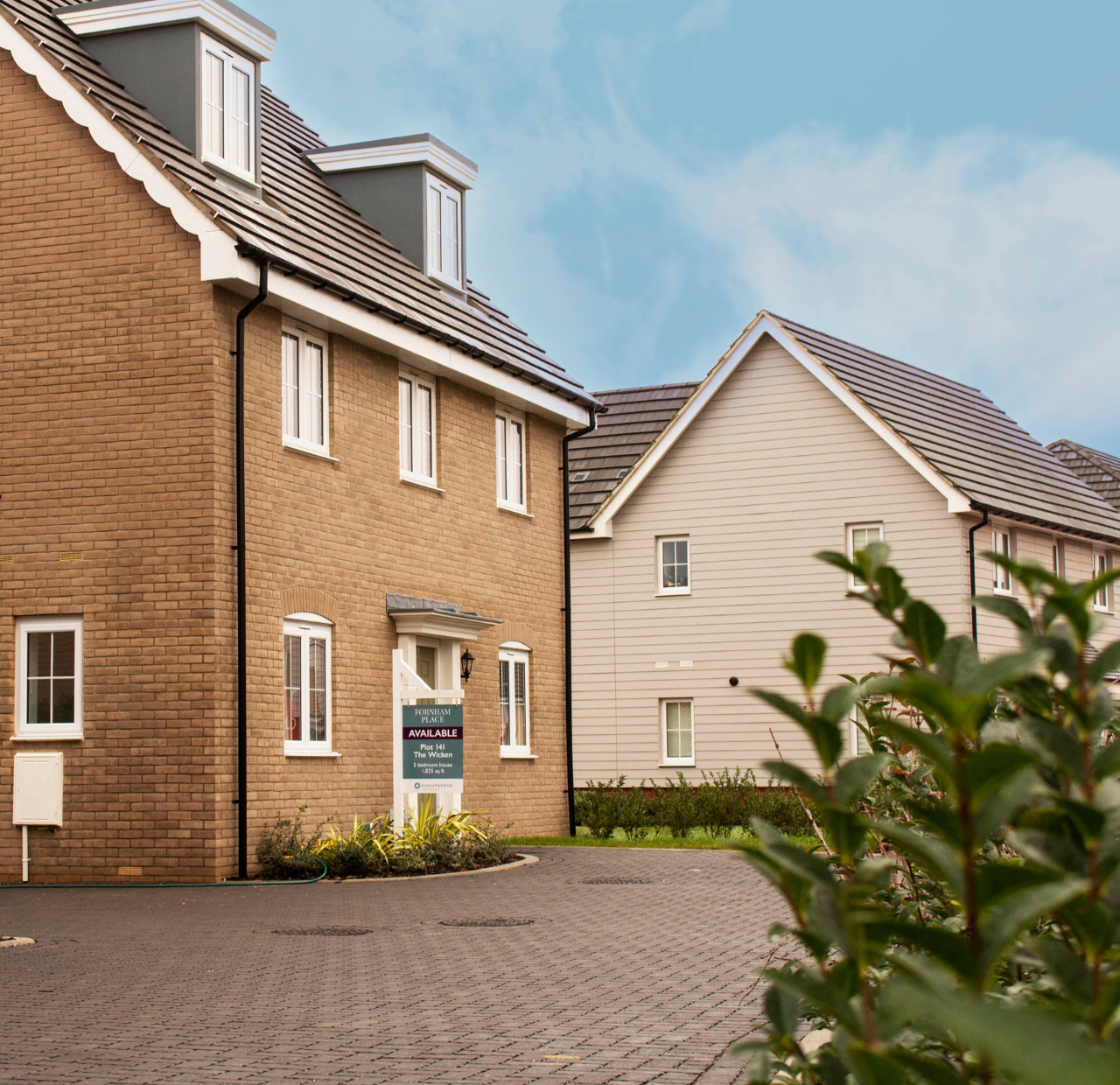
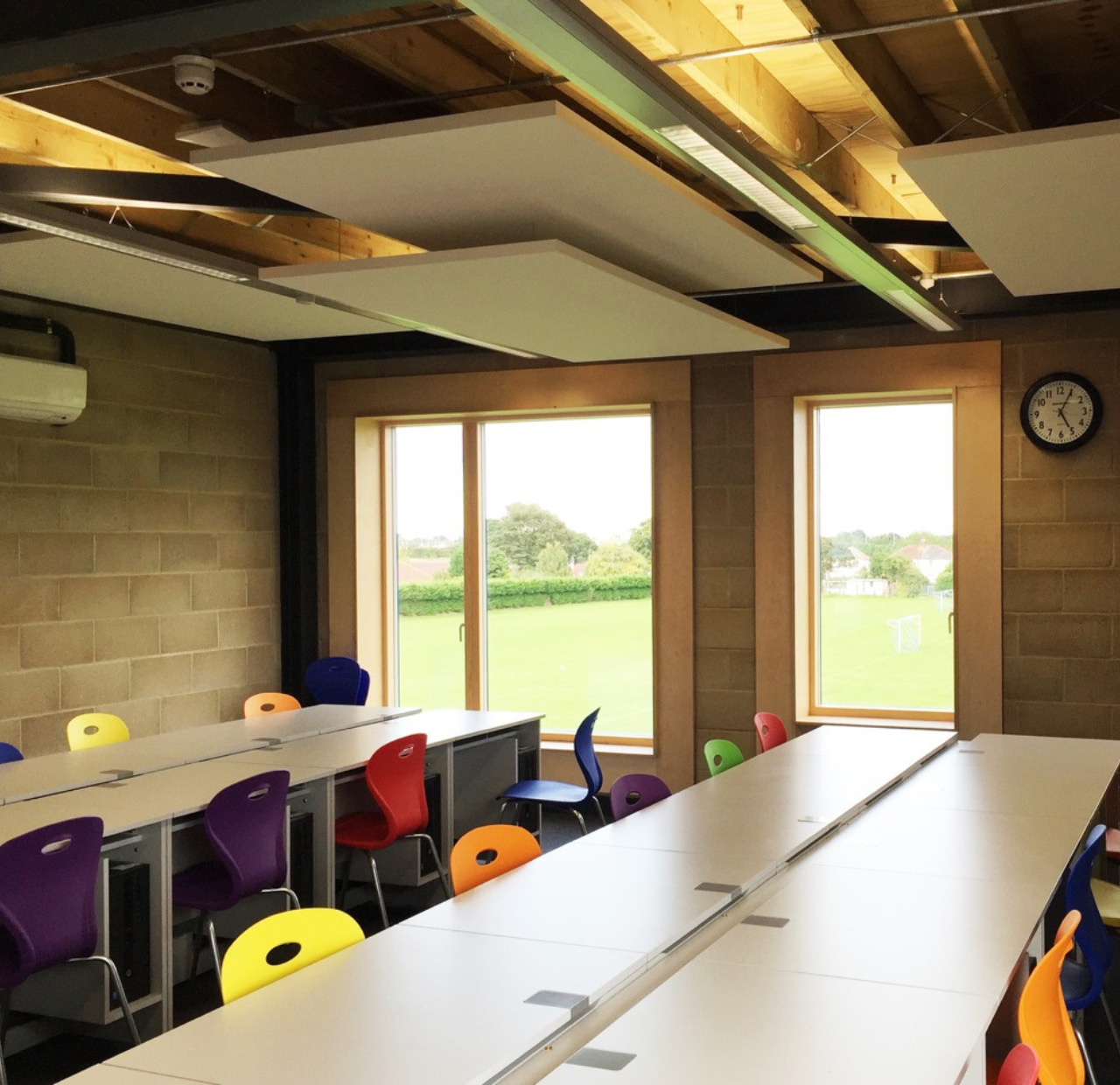
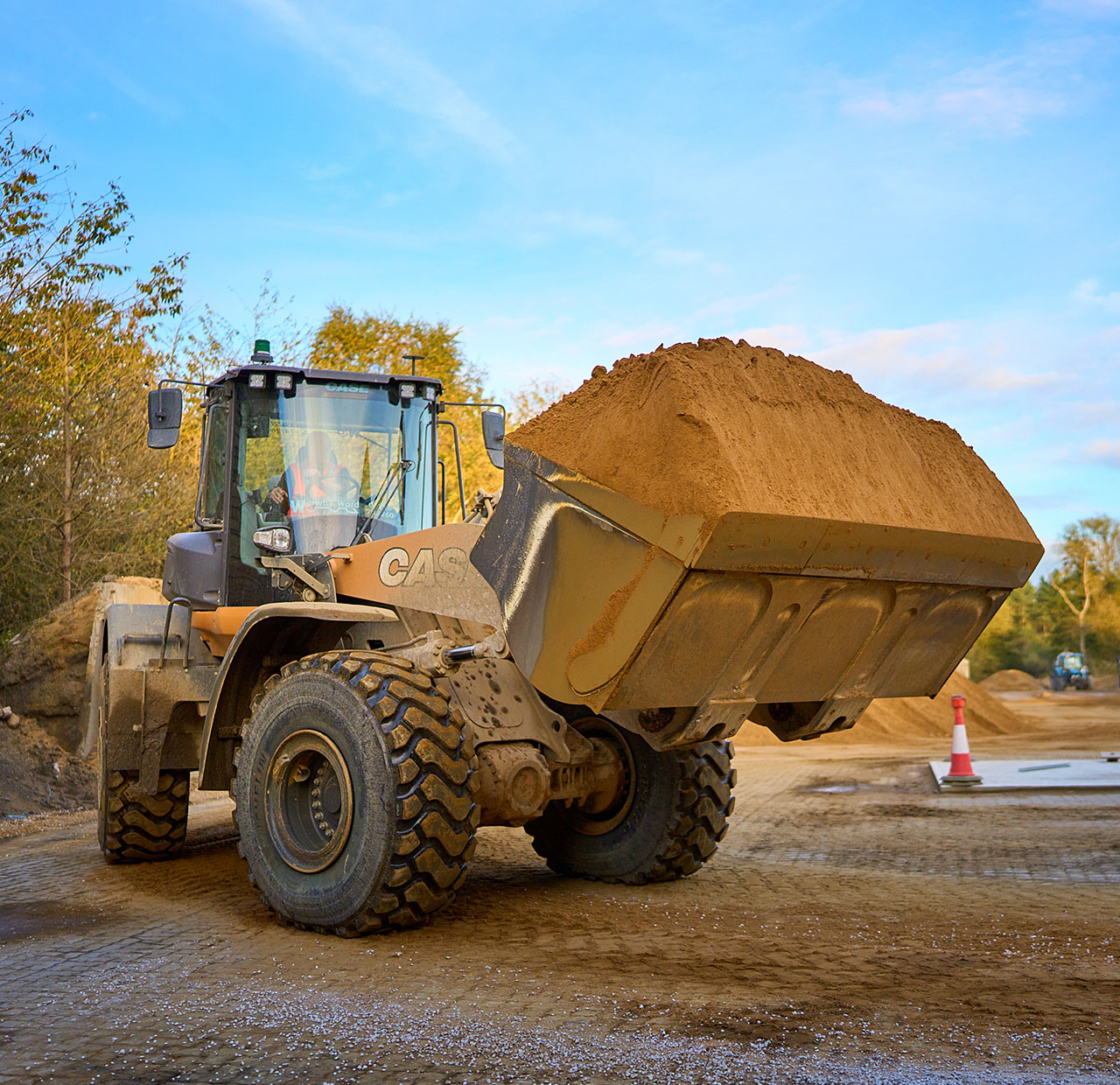
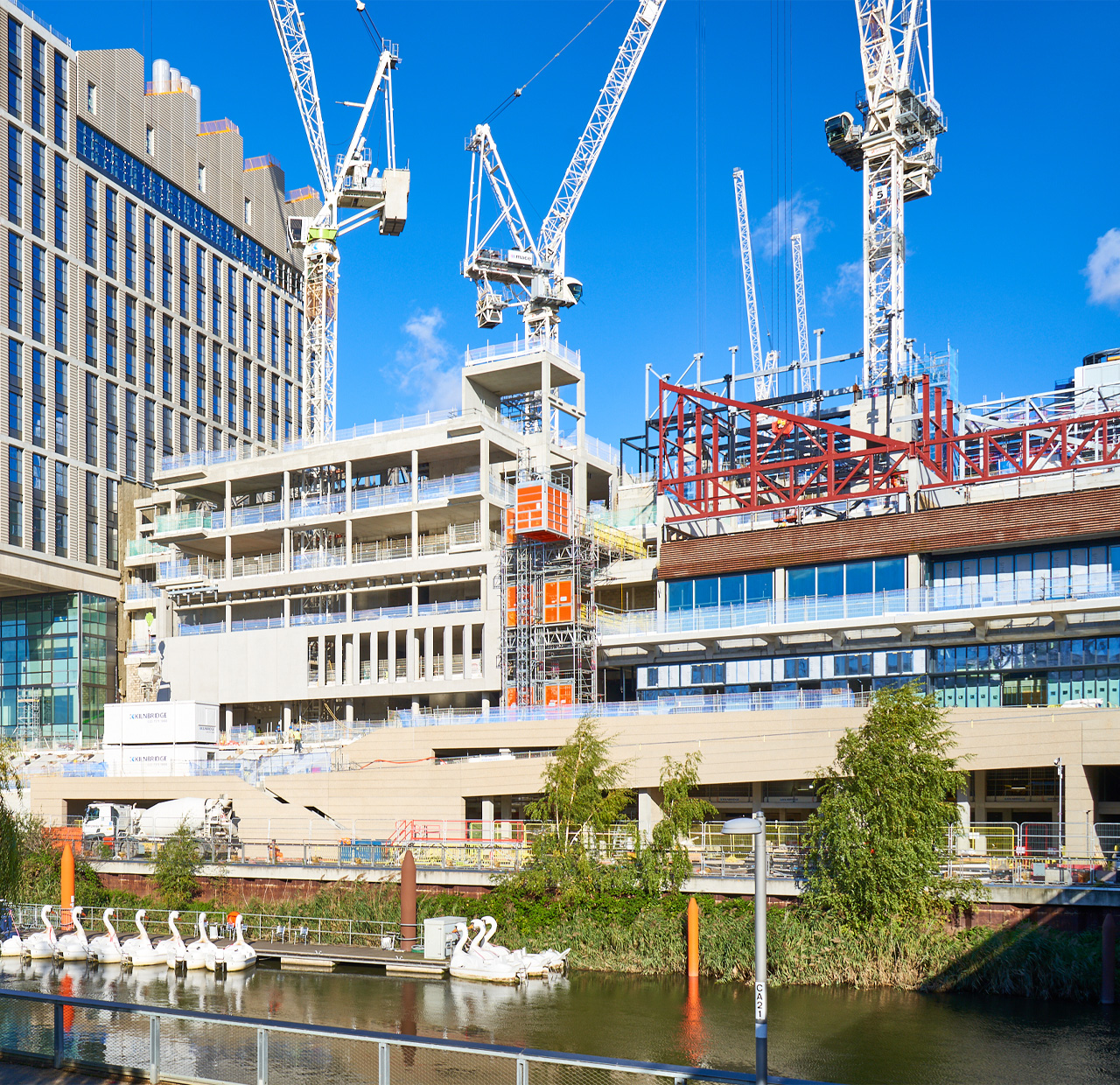
Further Information
The below publications provide authoritative information on the benefits of incorporating thermal mass into a structure:
- Thermal Mass Explained – Thermal mass: What it is, how it is used, and how it is measured. Reference TCC / 05/11.
- Thermal Mass – A Concrete Solution for the Changing Climate. Reference TCC / 0505.
Learn more here: www.concretecentre.com
Interested in working with Lignacite?
If you’d like to find out more about our sustainability credentials or want to discuss concrete blockwork options to meet the sustainable requirements for your next building project, please get in touch.

